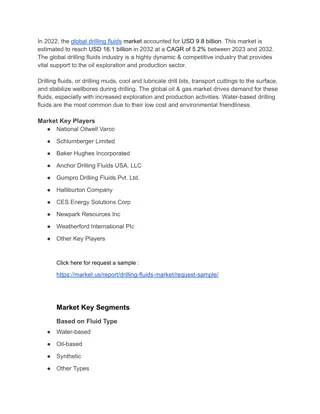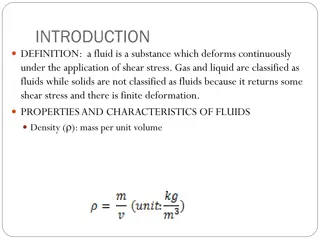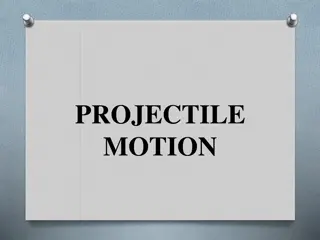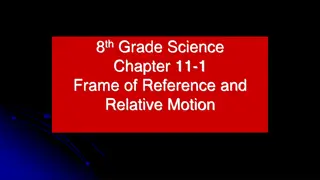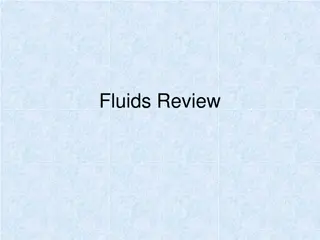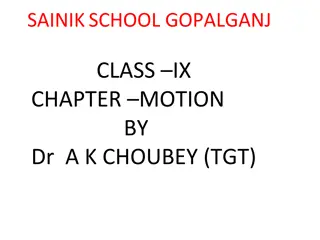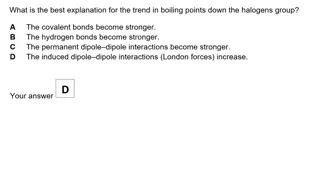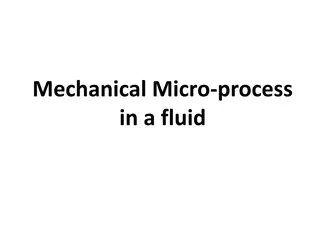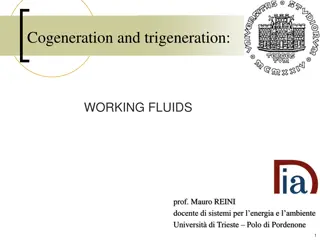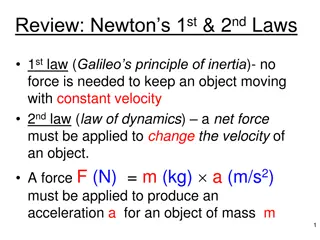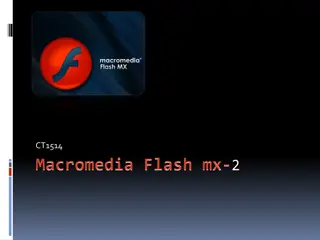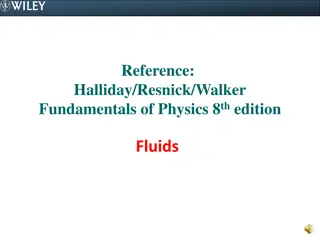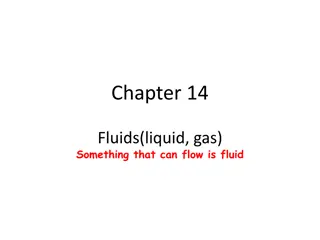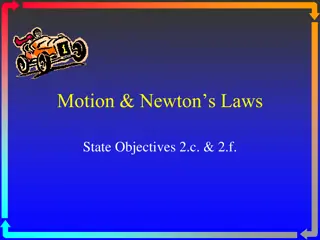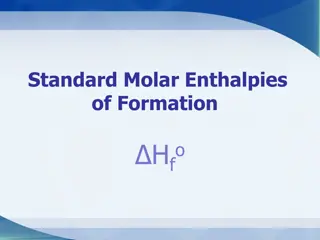Investigating Immiscible Fluids: Layers Formation and Interface Motion
The report explores the formation of layers in a beaker containing immiscible fluids such as water and vegetable oil. It delves into the theoretical and experimental aspects, discussing the chemical properties, layer creation limits, interface motion upon disturbance, and the strengths and weaknesses of the study. Theoretical models, preparation errors, substance properties, and experimental controls are highlighted.
Download Presentation

Please find below an Image/Link to download the presentation.
The content on the website is provided AS IS for your information and personal use only. It may not be sold, licensed, or shared on other websites without obtaining consent from the author.If you encounter any issues during the download, it is possible that the publisher has removed the file from their server.
You are allowed to download the files provided on this website for personal or commercial use, subject to the condition that they are used lawfully. All files are the property of their respective owners.
The content on the website is provided AS IS for your information and personal use only. It may not be sold, licensed, or shared on other websites without obtaining consent from the author.
E N D
Presentation Transcript
2. Liquid layers Opponent: Team Romania - Limitless Reporter: Team New Zealand 1
Task of the problem Water and vegetable oil do not mix and form two layers in a beaker. It is possible to fill the beaker with many more layers of immiscible fluids. How many layers can you obtain? Investigate the motion of the interfaces if the beaker is disturbed or shaken. Immiscible fluids, Polar and Non polar molecules - Theoretical information Numerous layers and Interpretation of movement - - Experimental Relevant parameters 2
Outline of the reporter Well done Introduction Good Needs improvement Theoretical explanation Setup Experiments Comparison Conclusions 3
Theoretical part Strong points Weak points Chemical explanation of the immiscible fluids Relation between the polar and nonpolar molecules Did not specify polarity is a spectrum The dipole moment explanation is missing Theoretical model is missing (how many layers can we create theoretically?) The hydrogen bonding theory is not present No mention of amphiphilic solutions Didn t specify that the short non polar molecules dissolve in the polar ones Unclear structure (hypothesis, conclusions) 4 4
Experimental part Strong points Weak points Substances from the table are not well specified and do not work for this experiment (wrong data about ethanol) Possible errors in mixing The motion is not investigated sufficiently, difference between shaking and disturbance The preparation of the apparatus is missing The motion of the beaker is uncontrolled Experimental setup is well detailed. Variety of substances used. Well presented the substance properties. 5 5
Dipole moment No theoretical model of the maximum number of layers The motion of the beaker is uncontrolled Difference between shaking and disturbance How were the substances insert into the beaker? Environmental conditions of the experiment Number of repetitions for clear results Discussion topics 6




